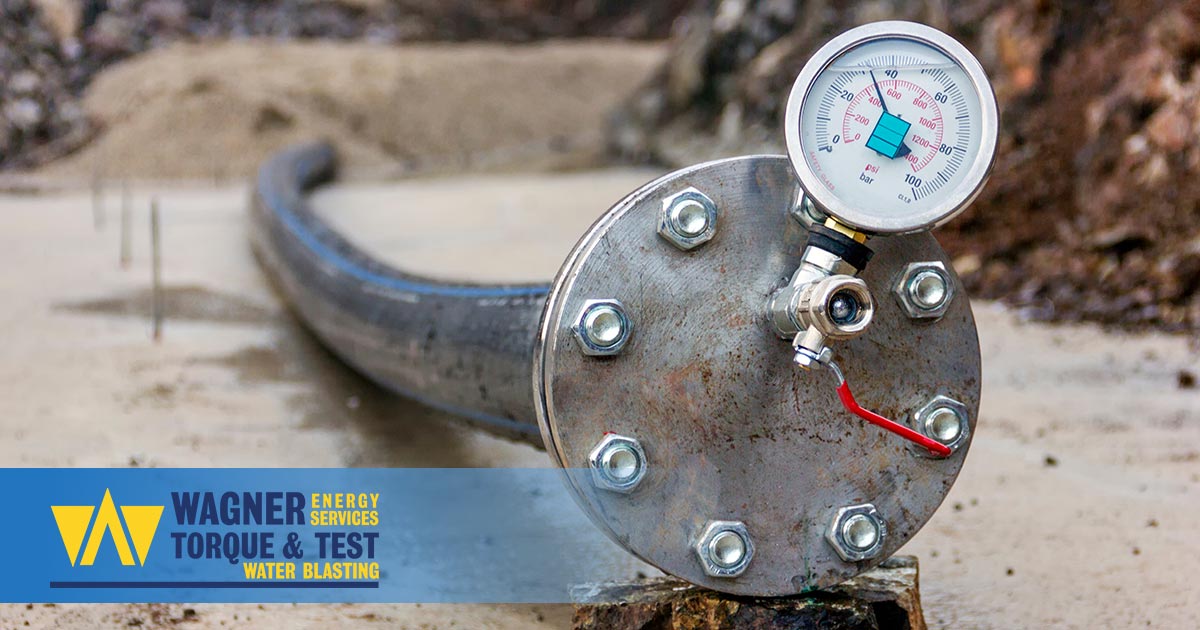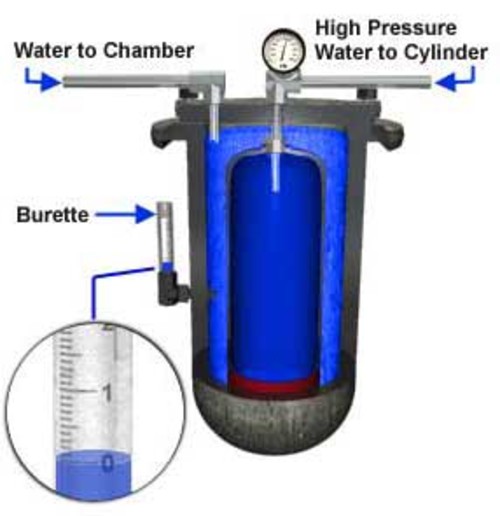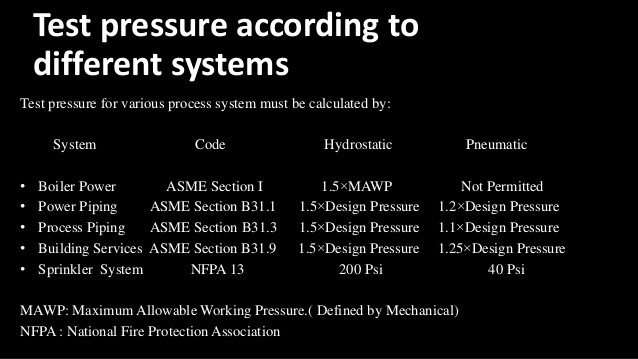
What is Hydrostatic Pressure Testing?
Hydrostatic testing has become an industry standard in the oil and gas field, because it’s the safest way to subject pipelines and cylinders to pressures which they would normally encounter during production. It is essential to know if these units are capable of withstanding such pressures, because failure under pressure could spell disaster, in terms of damaged equipment and workers who end up being harmed in some way.
What is Hydrostatic Pressure Testing?
Hydrostatic test is used in the oil and gas industry to test for strength and for leaks among various pressure vessels such as boilers, plumbing fixtures, gas cylinders, fuel tanks, and pipelines. In order to conduct hydrostatics analysis, it will be necessary to completely fill the pipe system with some kind of fluid such as water, which is generally dyed so as to make any leaks easier to detect.
The entire vessel is then pressurized to a certain level to observe reactions throughout the pipeline. At the same time, compression can be tested by shutting off the supply valve and looking for any loss of pressure. If the fluid has been dyed, it should be fairly simple to identify the specific location of any leaks. During this process, strength can be tested by measuring any permanent changes imparted to the container.
Hydrostatics analysis is a standard test method used for analyzing pressure vessels and pipes, and it helps to maintain safety standards as well as durability over an extended period of time. Any newly manufactured pieces will generally be tested using the hydrostatics test before being put into production, and then they will be re-qualified at various intervals to determine their continued viability.
It is extremely important that this kind of analysis is conducted, because any vessels which are used for the storage or transport of gases have the potential to explode if there’s any kind of failure under pressure.

Why is Hydrostatic Testing Done?
The short answer for why hydrostatics analysis is carried out on storage tanks and pipelines is for the safety of anyone working around this equipment. It is very important to know that any new piece of equipment, or something which has been refurbished and is being put back into production, is capable of withstanding the pressures it will be subjected to.
To verify this, hydrostatics analysis creates a situation where the component being tested will be subjected to stresses which are greater than those it will be expected to perform in. If the unit shows any signs of leakage or stress, it would then be disqualified from further service, so as to avoid the possibility of future failure.
Any unit which fails might have the possibility of exploding or rupturing, and that could potentially have catastrophic effects on other equipment and on workers in the immediate area. Because this is such a critical function, guidelines have been set forth by the Pipeline and Hazardous Materials Safety Administration. These guidelines call for performing a test every three, five, or 10 years, depending on the type of gas contained in a pipeline, the construction of the pipe, and the age of the unit.
How Often Do You Do a Hydrostatic Test?
All stainless steel cylinders are required to be tested at an approved hydrostatics testing facility at least once in a period of three, five, or 10 years. The exact time frame which is called for on a given piece of equipment will depend on the types of materials it contains the manner of its construction, the rating as set forth by the manufacturer, and the actual age of the unit. At a bare minimum, all stainless steel units would have to be tested at least once every three years, to ensure that they continue to meet the standards of the Pipeline and Hazardous Materials Safety Administration.
What Do I Need to Know About Hydrostatic Testing Safety?
Using hydrostatics analysis is an extremely accurate way to test the strength and leakage potential for any vessel, including chemical cylinders, plumbing fixtures and pipelines. By conforming to standards issued by the primary governing agency for pipeline safety, it will be possible to avoid potential disasters such as ruptures or explosions of units in use.
Hydrostatics analysis will also help companies avoid any penalties which might be imposed by that agency for using outdated cylinders or pipelines, or those which are substandard in terms of strength and leakage prevention. Hydraulics analysis normally generates much less stored energy which makes it considerably safer for workers tasked with conducting the tests.
The common alternative to hydrostatics analysis would be pneumatic testing, which is not quite as safe or accurate as hydrostatics analysis. Pneumatic testing has the potential to generate dangerous levels of stored energy because air or gases can be very easily compressed when they’re used in systems that have no liquid. Since water cannot be compressed like air or gas, much less stored energy ends up being generated in hydrostatics analysis, and that makes it a much safer method to use.

Do You Need a Hydrostatic Pressure Test?
Whether you are in the process of preparing a new well for production, or simply need to ensure the safety of your existing well, you need to have adequate analysis done to be certain that you are in the best condition to proceed. Here at Wagner Energy Services, we can provide you with accurate hydrostatics analysis, as well help with flange management, water blasting, valves servicing, as well as plumbing and grating to ensure that your projects are operating efficiently and safely. Contact us today with any questions that you may have, and we will be happy to help you get your wells in working order.
Categorised in: Oil Field Services
